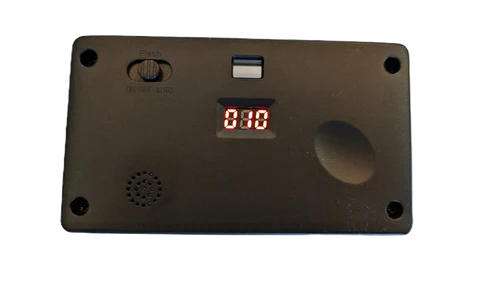Gen Z and late millennials, struggling to find meaning away from social media and counter the ubiquitous nature of smartphone photography, have started to look back to the aesthetics and limitations of early 2000 cameras.
This resulted in a surge in demand for old point-and-shoot digital cameras, which, in the last two years, went from tech scrap abandoned in a drawer to sought-after collector items.
It also spurred ideas for new projects, such as CampSnap, a new digital retro camera that can shoot digital pictures but has no screen. The idea was born to give kids a digital camera to shoot memories of their outdoor trips without the distraction of a screen, which would let them spend time reviewing photos instead of playing or enjoying their time outdoors. The camera’s design echoes that of disposable film cameras, a photo-taking device that has gained popularity among young users in recent years.

The camera, which retails for only $65/€62, has many technical limitations. The 1/3.2” sensor has an 8MP resolution. A 4GB tf/microSD card can hold about 2000 photos, while the battery usually lasts only 500 shots. The lens is fixed and certainly not an optical masterpiece, but it does its job, just like in disposable cameras.
That hasn’t put off a demographic completely different from the one Camp Snap had in mind: Gen Z users who just wanted a simple, cheap tool to take pictures that isn’t their phone. This has led to a shortage in production, with the product website showing an alert that “Due To Unexpected Demand, Stock Is Extremely Limited,” with only a few colors available to ship.
The idea of a digital camera without a screen isn’t new. At the other end of the price spectrum, Leica explored exactly the same concept with the M-D Typ 262 some years back. It goes without saying that, with a $6000 price tag and much higher specs, the M-D was aimed at professional photographers rather than kids and nostalgic Gen-Zers.










